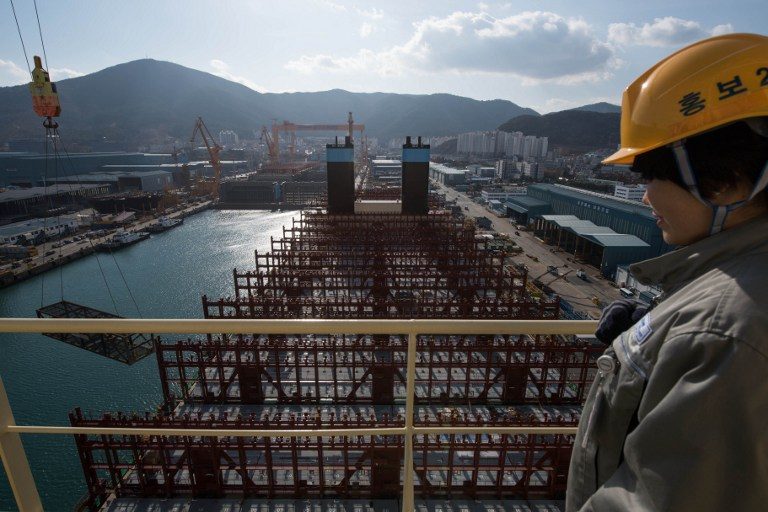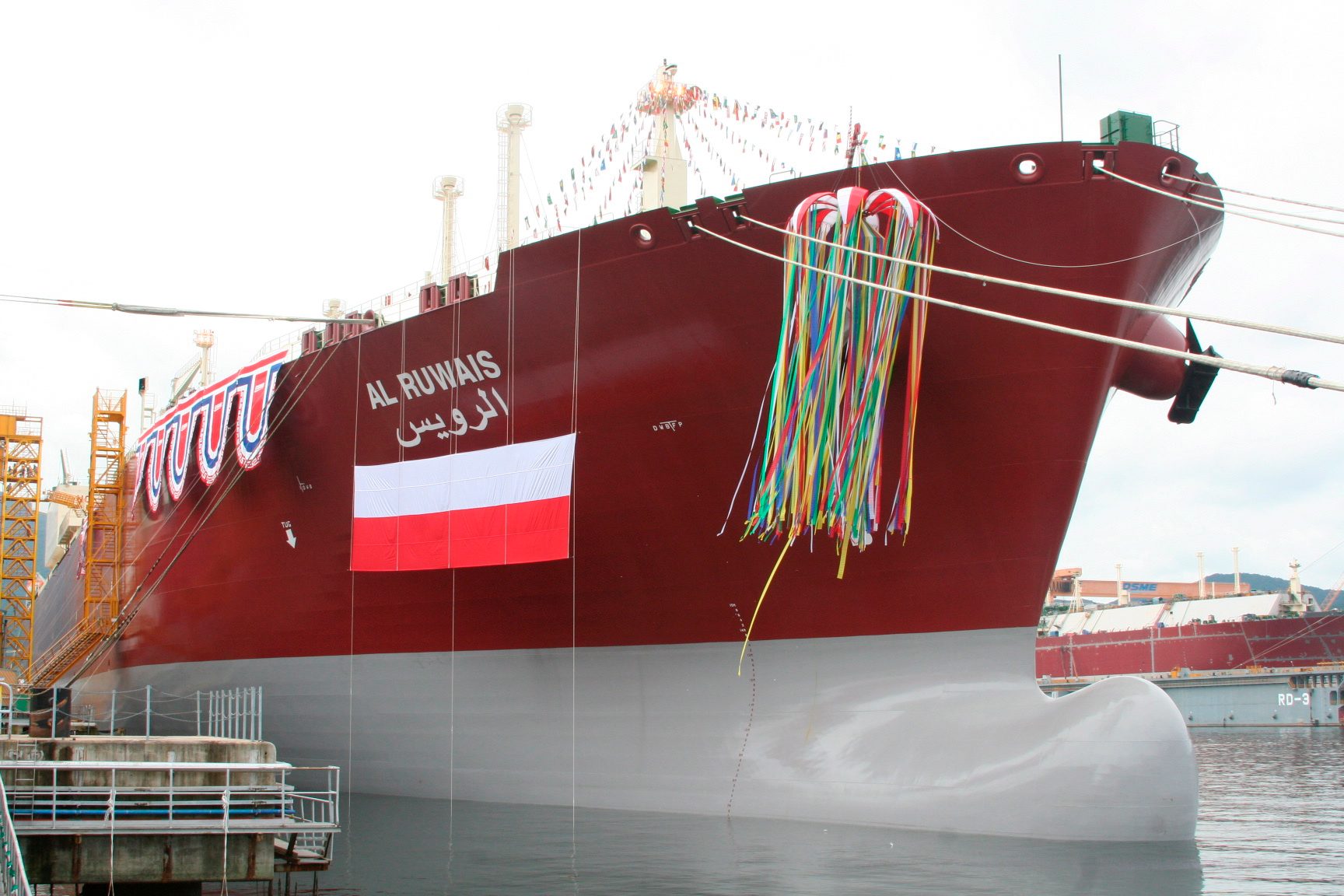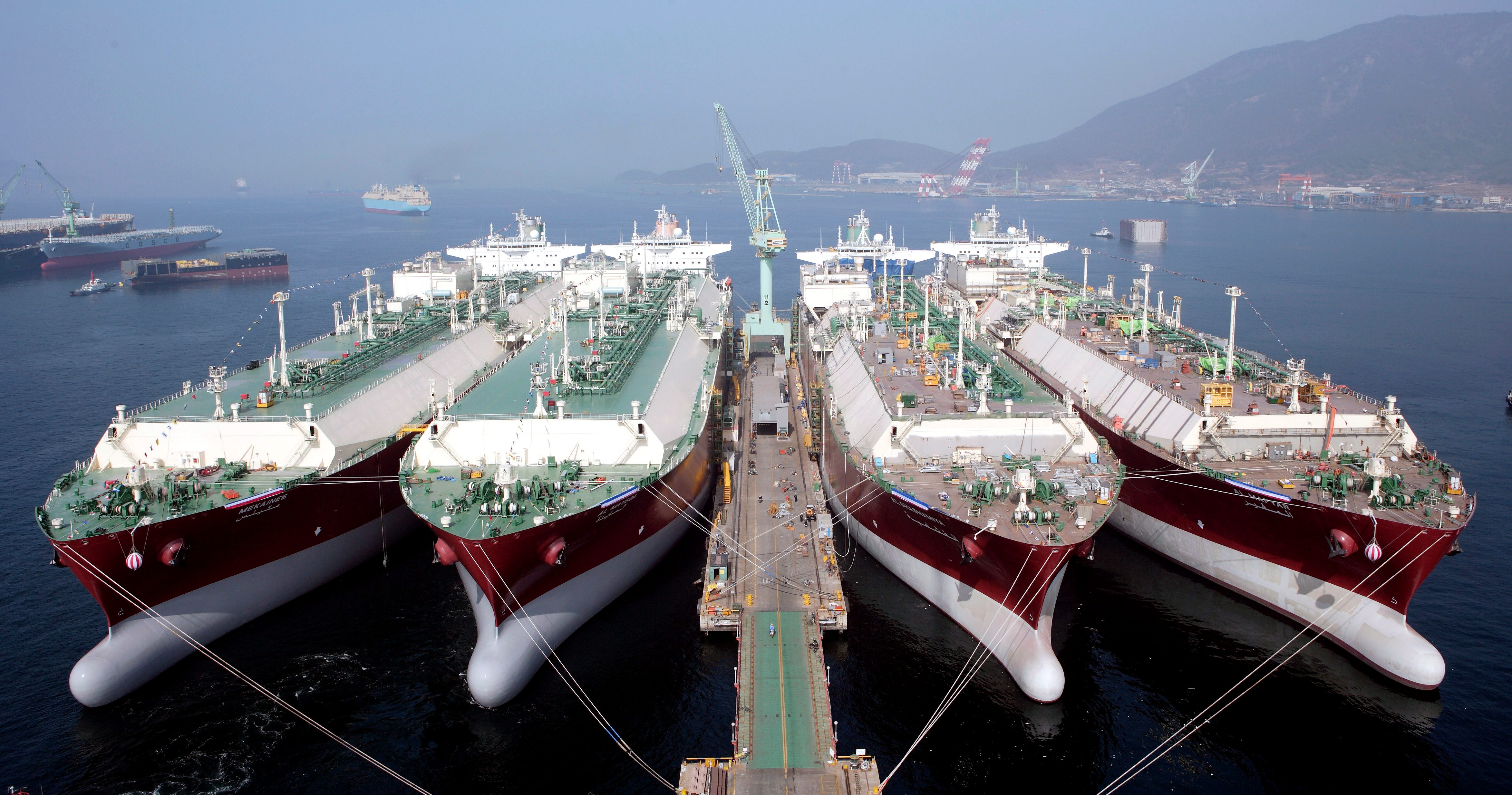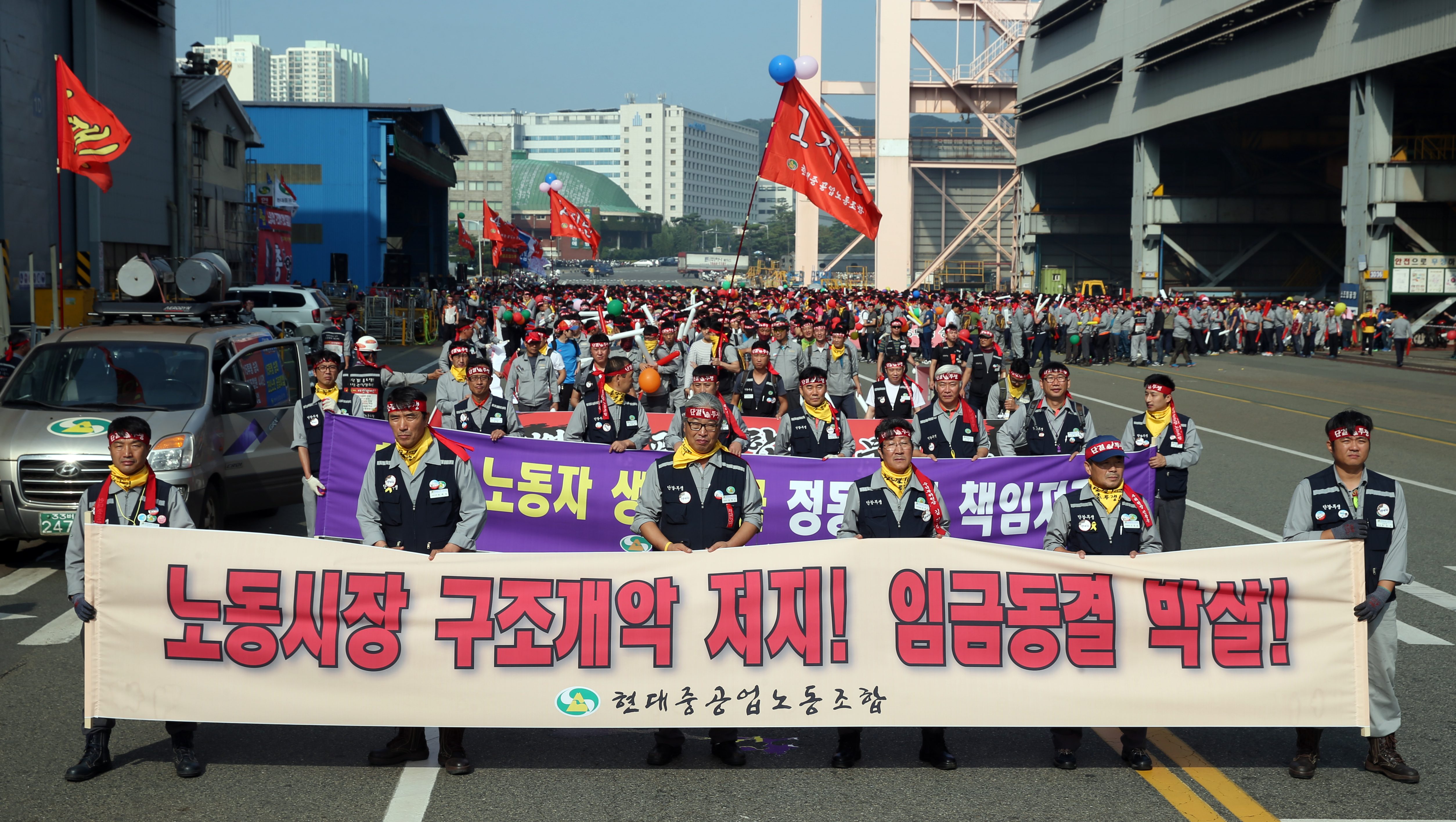SUMMARY
This is AI generated summarization, which may have errors. For context, always refer to the full article.

SEOUL, South Korea – After more than a decade of global dominance, South Korea’s shipbuilders face an unprecedented crisis that threatens the very survival of one of the flagship industries of Asia’s 4th largest economy.
South Korea’s “Big 3” shipbuilders were once considered the holy trinity of Korea Incorporated – controlling nearly 70% of the global market after seeing off their European and Japanese rivals in the 1980s and 1990s.
Year after year, the shipyards of Hyundai Heavy Industries, Daewoo Marine and Shipbuilding, and Samsung Heavy Industries churned out massive cargo ships, oil tankers, and offshore drillers for shipping firms and energy giants around the world.
But a prolonged slump in oil prices and the global economic slowdown sapped demand for tankers and container ships, while overcapacity, regional rivalry, and competition from cheaper Chinese shipbuilders squeezed profit margins.
The 3 firms racked up a collective loss of 8.5 trillion won ($7.4 billion) last year, while outstanding orders among all South Korean shipbuilders hit their lowest level in 11 years in February.
“Orders are drying up. We are faced with an unimaginable situation at which our dock may soon be empty,” Hyundai Heavy chairman Choi Kil-Seon said in a letter to employees in March.
“Even banks are so reluctant to lend to us. This is the harsh, undeniable reality we are facing today,” Choi said.

‘Oversized and complacent’
Hyundai – the world’s top shipbuilder by sales – has reported a net loss for two straight years, totaling 5.0 trillion won.
It posted its first net profit for more than two years in the first quarter of 2016, but Choi said that was largely thanks to lower raw material prices and a weaker Korean currency.
The company became “oversized and complacent” during the boom years of the 2000s, he said, urging “bone-crushing efforts” to compete against Chinese shipbuilders that won more than half of all new global orders this year.
“If we can’t compete against Chinese … our jobs will be eliminated,” he said.
Yang Jong-Seo, analyst at the Export-Import Bank of Korea, said the next two years would be the “worst years ever” for the shipbuilders as they embark on a period of painful, state-led restructuring.
In return for state aid and debt extensions, Seoul’s financial regulators have pressed for more asset sales, mass layoffs, pay reductions, and streamlined business plans.
“I think the situation will hit the bottom in the latter half of 2017 and revive in 2018. The key question is whether the shipbuilders can manage to stay alive until then,” Yang told AFP.
“If they end up falling apart, I’m afraid the pillar of the global shipbuilding industry will really shift to China,” he said.

Storm to come
The knock-on effect of any such collapse would be enormous.
The southern port of Ulsan and Geoje island – home to the 3 shipbuilders’ main docks – are the bedrock of a regional economy that relies heavily on the industry for tax revenues and consumer spending by nearly 200,000 workers.
Hyundai shed more than 1,000 jobs at its Ulsan shipyard in 2015 and is reportedly planning to lay off around 3,000 workers this year. Their suppliers that hire tens of thousands of workers are being pushed to the brink of collapse.
The situation is even bleaker at the number two shipbuilder Daewoo. The firm has failed to win a single order so far in 2016, after suffering a record net loss of 5.5 trillion won last year.
Daewoo – partially owned by the state-run Korea Development Bank – has proposed laying off 3,000 workers by 2019 but the government is demanding an even bigger job cut.
“The whole city is a big community of shipbuilding workers and their families. And we are all feeling the pinch,” an official at the Geoje city council told AFP.
More than two thirds of the city’s 250,000 population either work for Daewoo or Samsung or are family members of those who do.

Tears of Ulsan?
Most area businesses, especially restaurants and retail shops, have reported a sharp double-digit fall in sales and many are on the brink of closure, said the city official who declined to be named.
“Many people here bought a house and a nice car and sent their kids to college when things were good…and people are worrying whether those days are coming to an end,” she said.
The same sense of impending loss is growing in Ulsan – a vibrant blue-collar city that is the home to the Hyundai Heavy shipyard as well as Hyundai Motor’s main plant.
Thanks to fat paychecks from Hyundai, the city has boasted the highest per-capita income in the country for years.
Some say it now faces the same fate as the Swedish port of Malmo, once known for its robust shipbuilding industry.
Malmo’s iconic, 128 meter-tall Kockums Crane – a symbol of its manufacturing industry – was sold to Hyundai in 2002. The crane was nicknamed the “Tears of Malmo” after residents reportedly cried at the sight of its being shipped to Ulsan.
“Now we are shedding the ‘Tears of Ulsan,'” said Jun Young-Do, the head of the Ulsan city’s chamber of commerce. – Jung Ha-Won, AFP / Rappler.com
Add a comment
How does this make you feel?
There are no comments yet. Add your comment to start the conversation.